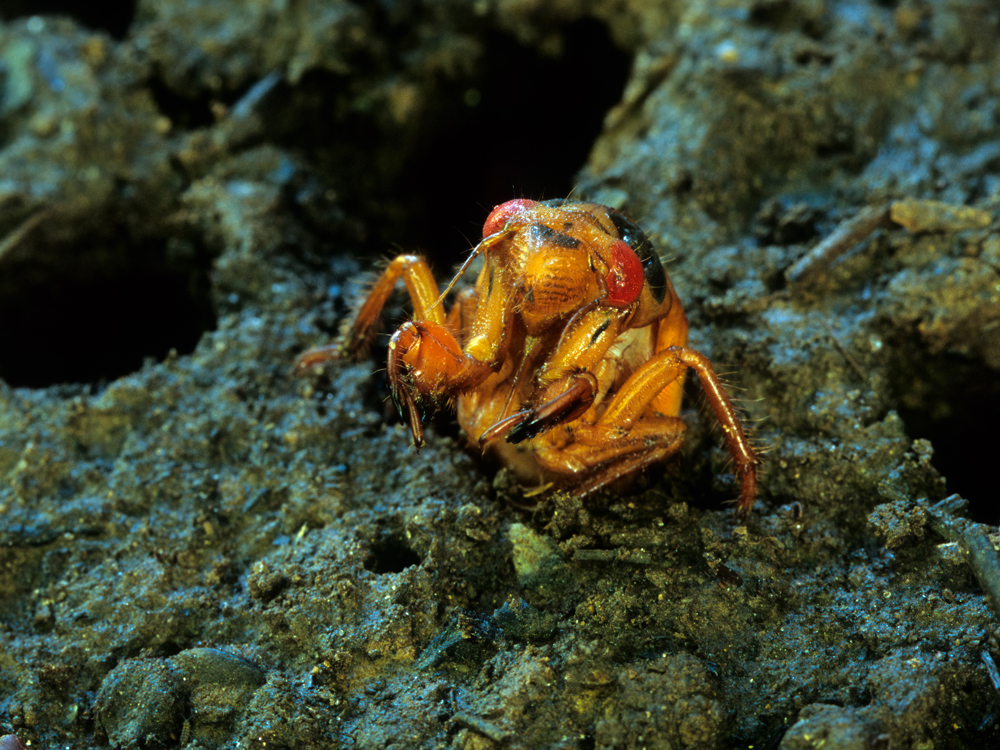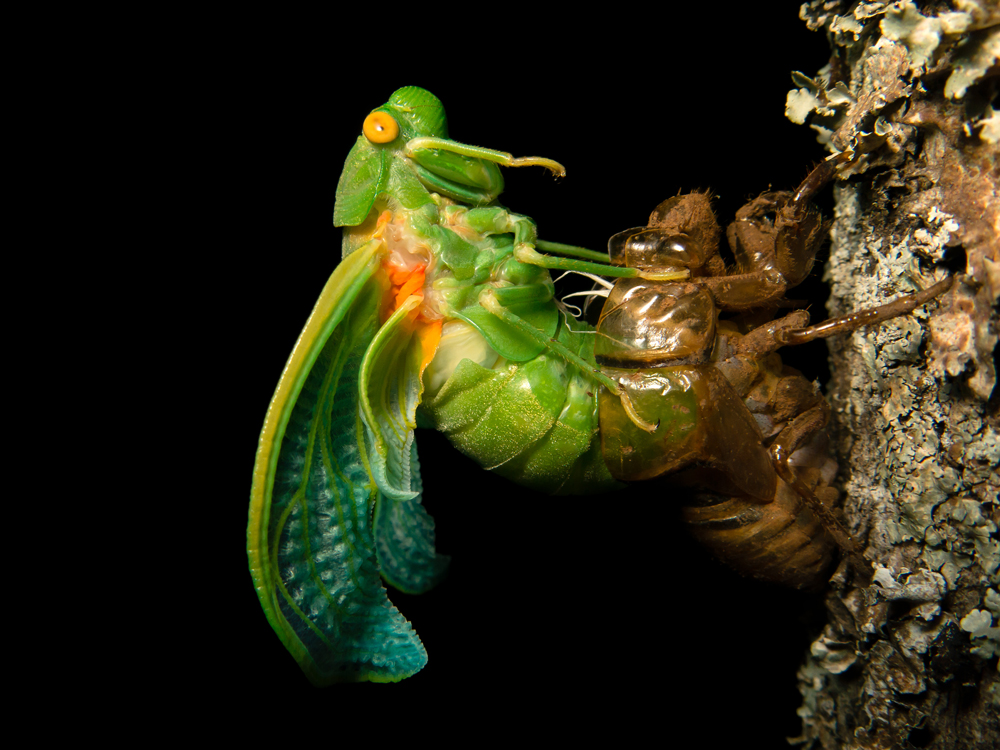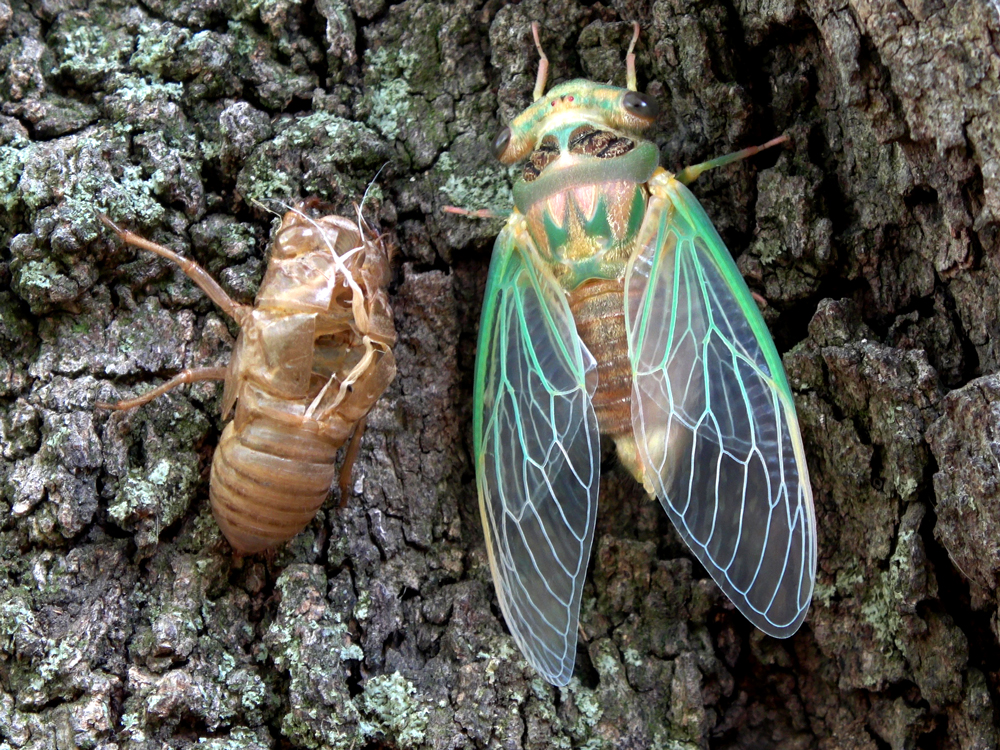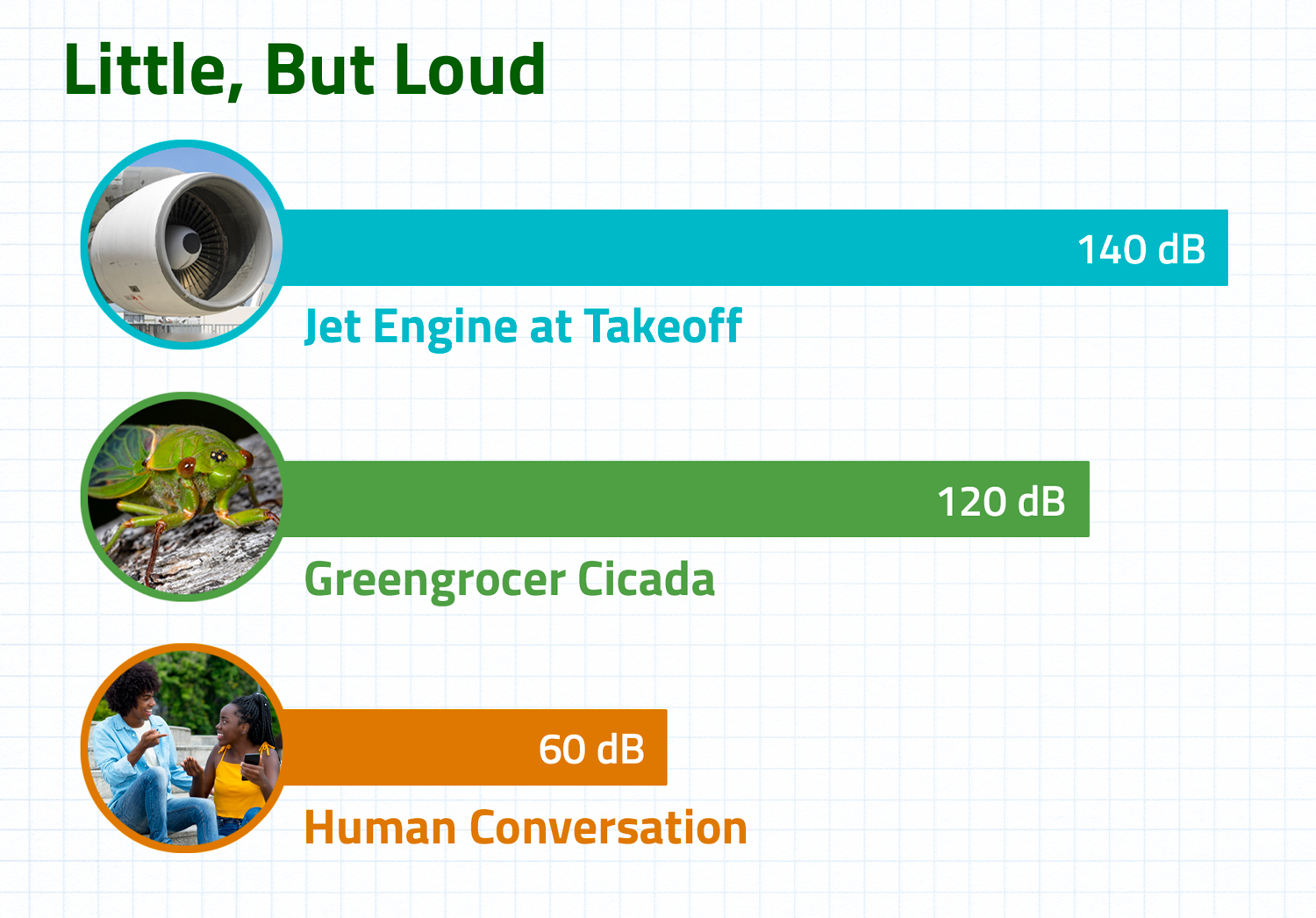Coming This Spring…
In the spring of 2024, two broods of cicadas will emerge from under the ground and make their presence known!
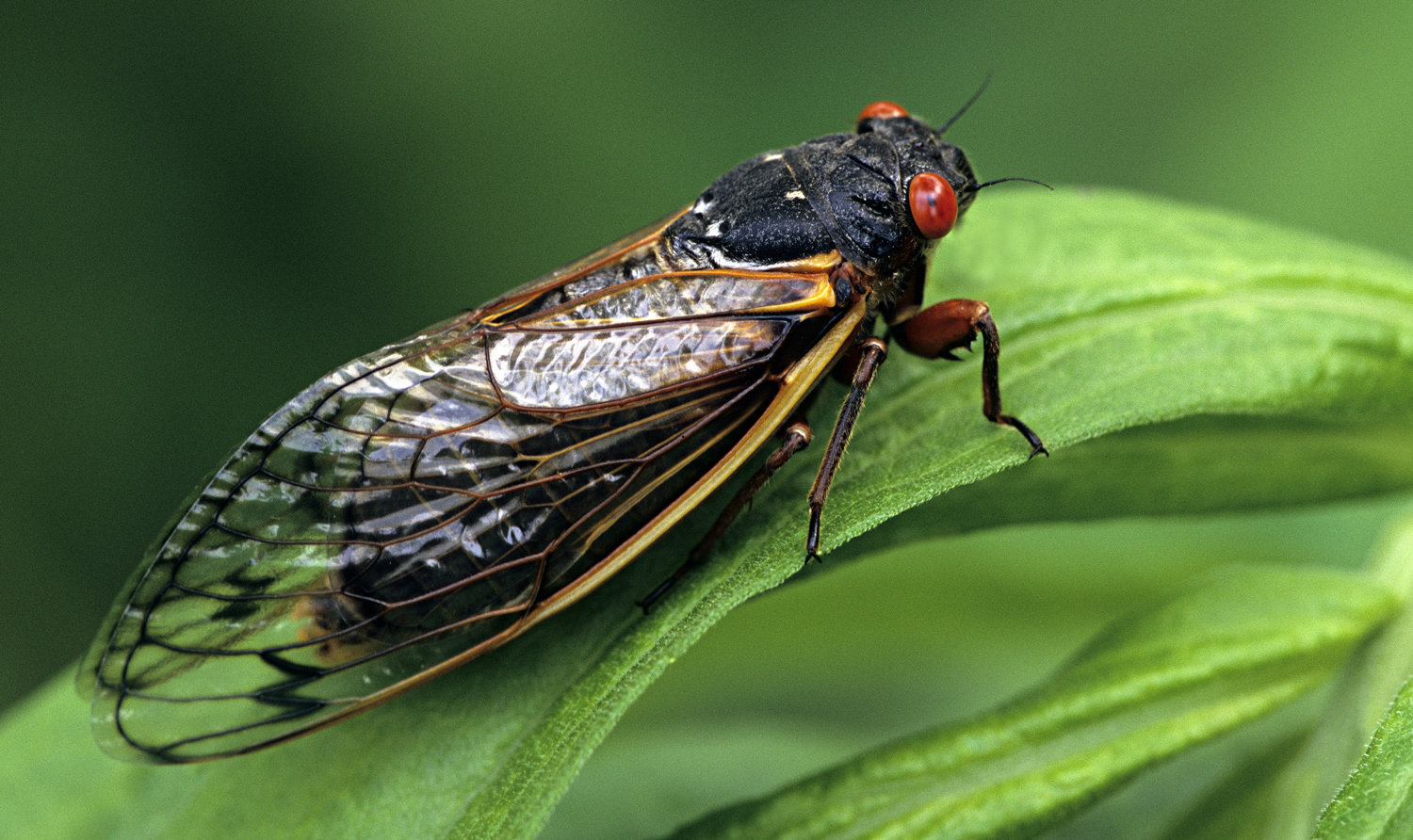
It’s going to be a loud spring in parts of the United States. In a very rare occurrence, two broods of cicadas will emerge almost simultaneously, after years underground.
Periodical cicadas live for years, but they spend most of their lives underground in the nymph (immature) life stage. Every 13 or 17 years (depending on the species), the insects will emerge as adults, shedding their exoskeletons and taking to the skies to mate. Scientists call each group that emerges a brood.
In late April and early May 2024, the Great Southern Brood, also known as Brood XIX, will emerge in several states, from Iowa down to Louisiana and from Oklahoma east to Virginia. It’s been 13 years since this brood was seen. Beginning in mid-May—after 17 years—the Northern Illinois Brood (or Brood XIII) will appear in Illinois as well as parts of Wisconsin, Indiana, and Michigan. Both broods will appear in southern Illinois. It’s extremely rare for the emergence of these two broods to overlap. The last time they appeared simultaneously was in 1803, when Thomas Jefferson was in the White House!
“Nobody alive today will see it happen again,” entomologist Floyd W. Shockley of the Smithsonian’s National Museum of Natural History told the New York Times.
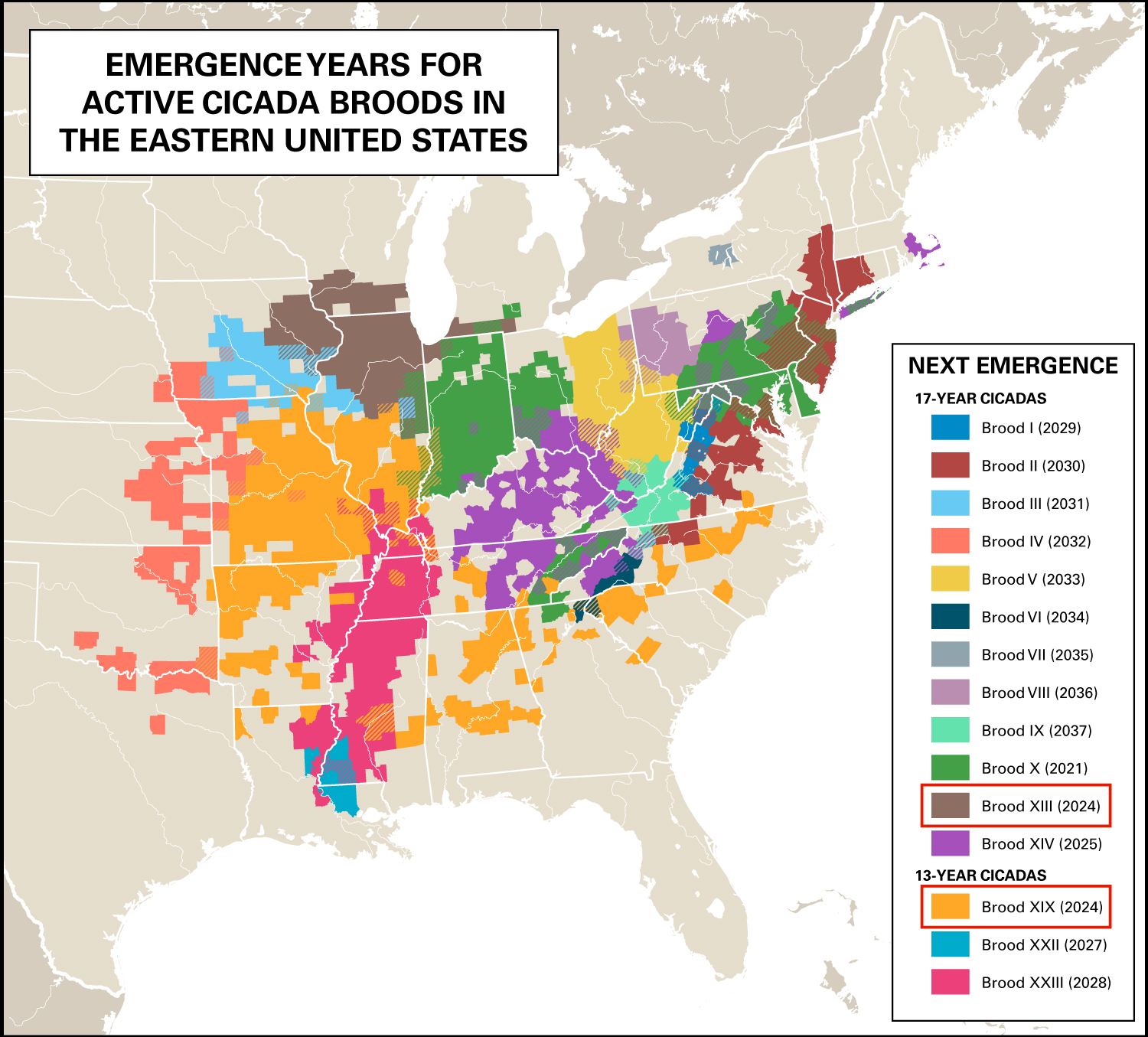
Encyclopædia Britannica, Inc.
Scientists predict there will be billions of cicadas in the affected states—and residents will know it. That’s because, when cicadas emerge, the males “sing” to the females to get them to mate, collectively producing a noise that’s too loud to ignore. After mating, the females lay their eggs in trees, and the adults die after only four to six weeks above ground. The eggs fall and end up underground for another 13 or 17 years.
The periodical cicadas will be gone by sometime in June, but annual cicadas, which appear every summer, will be out in force to take their place.
Scientists say there’s no need to fear the insects, which don’t sting or bite. In fact, cicadas are a food source for birds and small mammals—and a fascinating sight for humans. Biologist Gene Kritsky encourages parents to take their kids right to the broods.
“If you’re lucky enough to live in an area where these things are going on, get your kids out there,” Kritsky told National Public Radio (NPR). “Watch this.”
